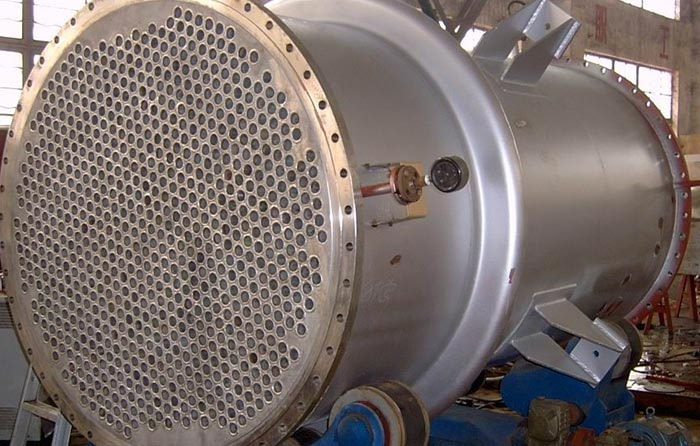Hot Rolled Steel vs. Cold Rolled Steel
Hot rolled steel and cold rolled steel are two common methods of processing steel, each with distinct characteristics and applications. Here's an overview of the differences between hot rolled steel and cold rolled steel:
Hot Rolled Steel:
Process:
Hot rolled steel is produced at high temperatures (above the recrystallization temperature) using a rolling process. The steel is heated until it becomes malleable and is then rolled into the desired shape.
Appearance:
Hot rolled steel has a rougher, scaly surface with a characteristic oxide scale resulting from the heating process.
Tolerance and Dimensional Accuracy:
Hot rolling is less precise than cold rolling, and the final product may have looser tolerances in terms of thickness and dimensional accuracy.
Strength and Ductility:
Hot rolled steel tends to have a rougher surface finish but is generally less expensive. It is known for its higher ductility and is suitable for applications where strength and formability are more critical than a smooth surface.
Applications:
Common applications of Hot rolled steel include structural components, railroad tracks, agricultural equipment, and automotive frames.

Cold Rolled Steel:
Process:
Cold rolled steel is processed at room temperature or slightly below, without the use of heat. It undergoes additional processing steps such as annealing to improve its properties.
Appearance:
Cold rolled steel has a smoother surface finish compared to hot rolled steel. It lacks the characteristic oxide scale and has a cleaner appearance.
Tolerance and Dimensional Accuracy:
Cold rolling allows for tighter tolerances and better dimensional accuracy. The process results in a more precise and uniform thickness.
Strength and Hardness:
Cold rolled steel tends to be stronger and harder than hot rolled steel. It is often used in applications where a smooth surface and precise dimensions are crucial, such as in the production of appliances, automotive parts, and high-end construction materials.
Cost:
Cold rolled steel is generally more expensive than hot rolled steel due to the additional processing steps involved.
Surface Finish:
Cold rolled steel can be further treated for a variety of surface finishes, including a polished or brushed appearance.
Summary: In summary, the main differences between hot rolled steel and cold rolled steel lie in the manufacturing processes, surface finish, dimensional accuracy, and mechanical properties. Hot rolled steel sheet is often preferred for applications where cost and formability are priorities, while cold rolled steel is chosen for applications requiring precise dimensions, a smooth surface, and higher strength. The choice between the two depends on the specific requirements of the intended application.
191
0
0


Comments
All Comments (0)